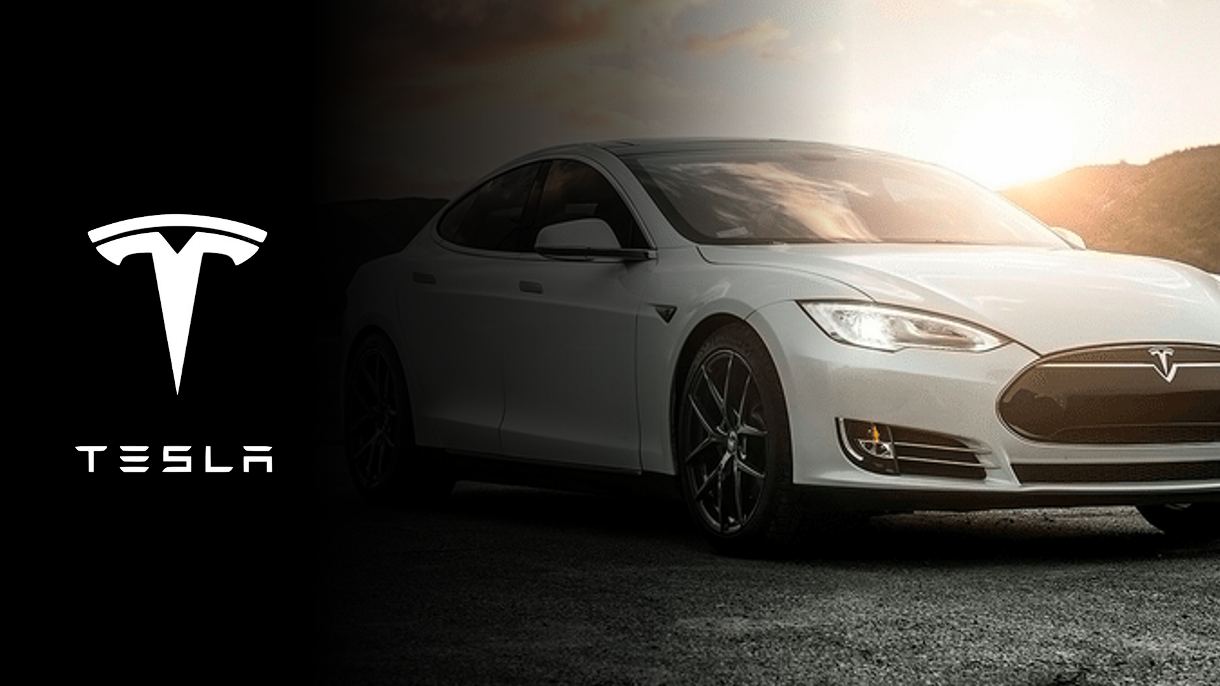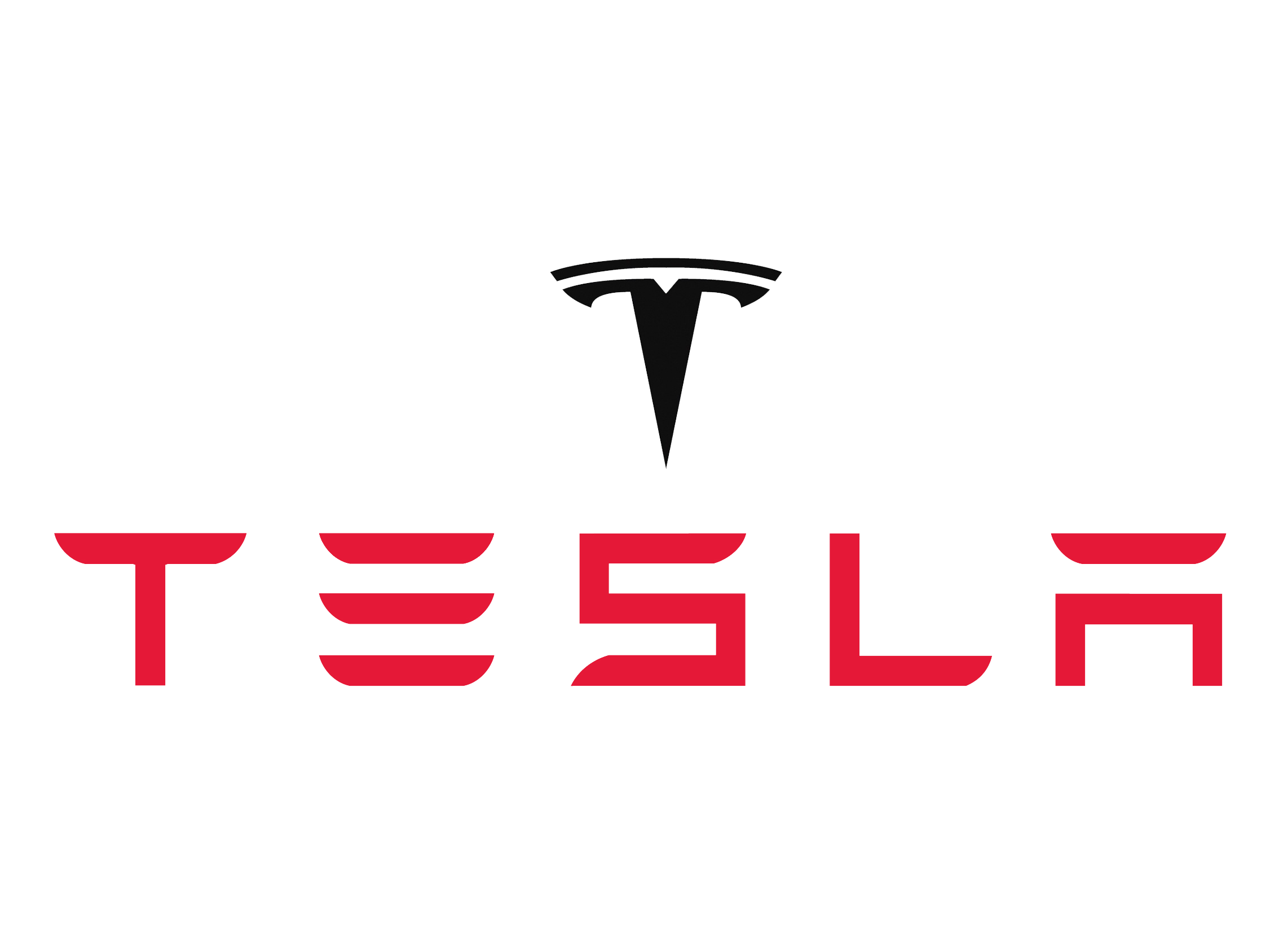
ACCOUNTING CAPSTONE PROJECT TESLA INC.
Analyzing Tesla’s Financial Statements in the scope of the technology industry
SPRING 2020
In this project, my team and I were tasked with picking a public company in the technology industry and dissecting its financial statements. Although some may think Tesla is an automobile first company, we argued that it had enough technological features to be classified as a technology company. Performing a 5-year financial analysis, allowed us to understand how Tesla operated as a company and provide recommendations based on our findings. Our analysis included the income statement, balance sheet, statements of cash flows, and ratios that we’re able to be compared to other competitors in the industry.
INCOME STATEMENT
Tesla’s sales have increased from year to year, and by a significant margin at that. In the past five years, net sales have increased by a total of 571%, with the previous year alone increasing by approximately 82.51%, showing that not only are their sales growing, but they are increasing at a higher rate every year (See Figure 1.1). Of course, as sales increase, the cost of sales tends to increase as well. However, what may be even more remarkable is that while sales continue to skyrocket, the cost of those sales remains under control and grow at a relatively proportional rate to net sales. This results in a steady increase in gross margin as well, reflecting Tesla’s discipline to spend only necessary amounts to produce income, and foreshadows the capacity to maintain stability.
Figure 1.2: More than one-third of total expenses are occupied in R&D, showing a dedication to innovation.
Figure 1.1: Net sales have grown at an exponential rate, and because COGS has grown at a similar rate, Gross Margin has also increased more from year to year. (Numbers in millions)
Breakdown of Expenses over the past 5 years
Outside of the costs associated with sales, a story can be found within the operating expenses as well, painting a clear picture of the direction that Tesla has chosen to take. Within the past five years of their total expenses, approximately 63% of those expenses were categorized as selling and administrative, with the remaining third going straight to research and development (See Figure 1.2). This is a vivid reflection of Tesla’s drive to innovate, constantly pushing the envelope to develop new technology such as longer-sustaining solar energy, improvements to their software for self-driving vehicles, and so much more. While Tesla has shown total losses in net income every year, because Tesla’s operating expenses are seeming to increase at a slower rate than sales and gross margin, this depicts a sign of maturity within the company, and will most likely result in future profitability.
BALANCE SHEET
Tesla boasts a large amount of current assets, accounting for almost two-thirds (61%) of their total assets. While a significant amount for this portion is related to inventory, it is still reflective of the high amount of liquidity at Tesla’s disposal, along with the cash and receivables (which will be further discussed in the Cash Flows Analysis) that the company also has in store. Even more impressive however is the over 34% of Property, Plant, and Equipment that accounts for total assets (See Figure 2.1), and although certain line items that were introduced in recent years such as Goodwill and other intangibles also caused an increase in total assets, those pale in comparison to the effect that PPE had. This is so relevant because while it may sacrifice liquidity, this large amount in PPE is directly related to Tesla’s efforts to grow and expand to almost unnatural lengths. A majority of the amount in this line item correlates to the purchases of giant Gigafactories that Tesla has purchased across the United States, namely New York, California, and Nevada. Even more so, they have looked to expand internationally as well, with a plant already in China and rumors of new plants to be built in Germany. These Gigaplants provide a “one-size-fits-all” factory that, ideally, could produce all products that Tesla currently has to offer. These large expansive projects have been key to Tesla’s more recent success, and will most likely continue to be big contributors in the years to come.
In comparison to equity, total liabilities certainly make up the majority of the two combined (See Figure 2.2). Tesla has chosen to practically give away very little stock in its company and has only gone public as of the beginning of this decade. Instead, Tesla has seemed to focus on financing its expansion projects primarily through debt and has even acquired other companies such as SolarCity and Maxwell Technologies Inc. Current liabilities tend to make up anywhere between 25-35% of the total liabilities in recent years, with the bulk of that stemming from a mixture of accounts payable and short-debt. Ironically, long-term debt alone makes up for roughly the same amount (oftentimes even a little more) as total current liabilities, further driving the fact home at just how far Tesla has gone to expand their horizons. This debt had also followed the trend of increasing year to year, until recently showing a decline, which would indicate that either Tesla has begun to pay off these debts, Tesla has accrued less debt in recent years, or the more likely option, both. This makes sense, as Tesla has shown signs of maturity in recent years, resulting in a lower need for debt to finance.
-

5 Year Balance Sheet Breakdown
Figure 2.2: Stockholders’ Equity makes up very little in total Balance Sheet, showing a preference to finance through debt rather than equity. (Numbers in millions)
-

5 Year Assets Breakdown
Figure 2.1: Almost two-thirds of total assets are composed of current assets, showing high liquidity. Meanwhile, PPE accounting for over a third of total assets reflects expansion projects.
Figure 3.1: Operating Activities shot up, while Financing Activities shot down in the most recent year. Meanwhile, Ending Cash consistently increases. (Numbers in millions
STATEMENT OF CASH FLOWS
Through careful digging, one can find that this statement paints the exact same pictures as all the others, constant growth, and recent maturity. For instance, total operating expenses, despite negative amounts in all previous years, were positive by a significant margin in the most recent year. This was due to a combination of more depreciation due to the increase in fixed assets, losses adopted from previous acquisitions being phased out, and an increase in accounts payable. While the latter does suggest that Tesla may be having difficulty paying off vendors, the corresponding increase in accounts receivable professes that it is more likely a result of just total increased activity within the company overall, similar to the relationship between sales and COGS.
Not so coincidentally, this is supported even more when glancing at the total financing activities of the company, which show a similar pattern but reversed. It is a near mirror image of the operating activities, again seeming to oscillate randomly, while having a general pattern of increasing, before suddenly shooting down in the most recent year (See Figure 3.1). In contrast to the operating activities, this drastic difference in the most recent year derives from the paying off of debt, the decrease in the accumulation of debt, and the decrease in proceeds from public offerings and warrants, payments from issuing warrants, and the payment of “other borrowings”.
STOCKS & RATIOS
Tesla's CEO holds a significant amount of stock and there are not a lot of outstanding shares in circulation
Tesla has implemented buy-back and integration options for intercompany stock due to previous mergers
Tesla's stock price has seen a steady rate of growth, with a significant increase around the release of their new truck model
Tesla's profitability ratios such as Gross Margin and Earnings per Share are negative due to net losses every year
Tesla's debt accumulation has resulted in lower liquidity and solvency ratios such as current ratio of 1.67 and debt to asset ratio of 0.79
Tesla's efficiency ratios are impressive, such as a 29.31 AR Turnover ratio and 0.74 Asset Turnover ratio
Tesla has a strong enterprise value, nearly equal to GM's, and is expected to continue to rise
Tesla's youth may hinder some profitability and debt ratios, but its efficiency ratios are above industry average and even better than its competition
That was until the price shot up in the transition into the new year, around the same time that they released their new truck model (See Figure 4.1). Skyrocketing from roughly $350 a share to over $900 a share in the course of about three months (before dropping by a significant margin due to the effects of COVID-19).
While Tesla’s youth may hinder some of the other ratios which measure total profitability or debt, Tesla’s efficiency has taken no hit whatsoever, at worst being above industry average, and at best simply blowing the competition out of the way (See Figure 4.2)
-

Stock Prices
Figure 4.1: Tesla’s stock price, while somewhat volatile, has experienced significant growth at an extremely rapid rate as of recent, even when taking the negative impact of COVID-19 into effect
-

Competitors in Tech
Figure 4.2: This table represents some of Tesla’s more key financial ratios and indicators in comparison to a few of its main competitors.

CONCLUSION
Notes to the financial statements:
Specifics of the acquisitions of other companies and the buy-back option are noteworthy.
These transactions had an impact on specific line items and created new line items.
For example, the stockholders' equity section had to be adjusted due to the stock acquired from SolarCity, and new contingency and warranty liabilities were created because of Tesla's vehicle buy-back program.
Although the end results were of minute consequence, some were significant enough to warrant discussion.
Tesla's philosophy:
CEO Elon Musk embraces the philosophy of progression and perseverance.
There is no task too difficult, no experiment not worth conducting, and no idea too grand.
The company's drive to be at the forefront of technological advancement is etched into its framework.
Tesla's growth:
The company's growth will not be short-lived.
As long as Tesla maintains its tenacity for technological advancement, there will be no limit to its potential.
The company's vision includes unmanned vehicles, perpetual solar energy systems, and even sending cars into outer space.